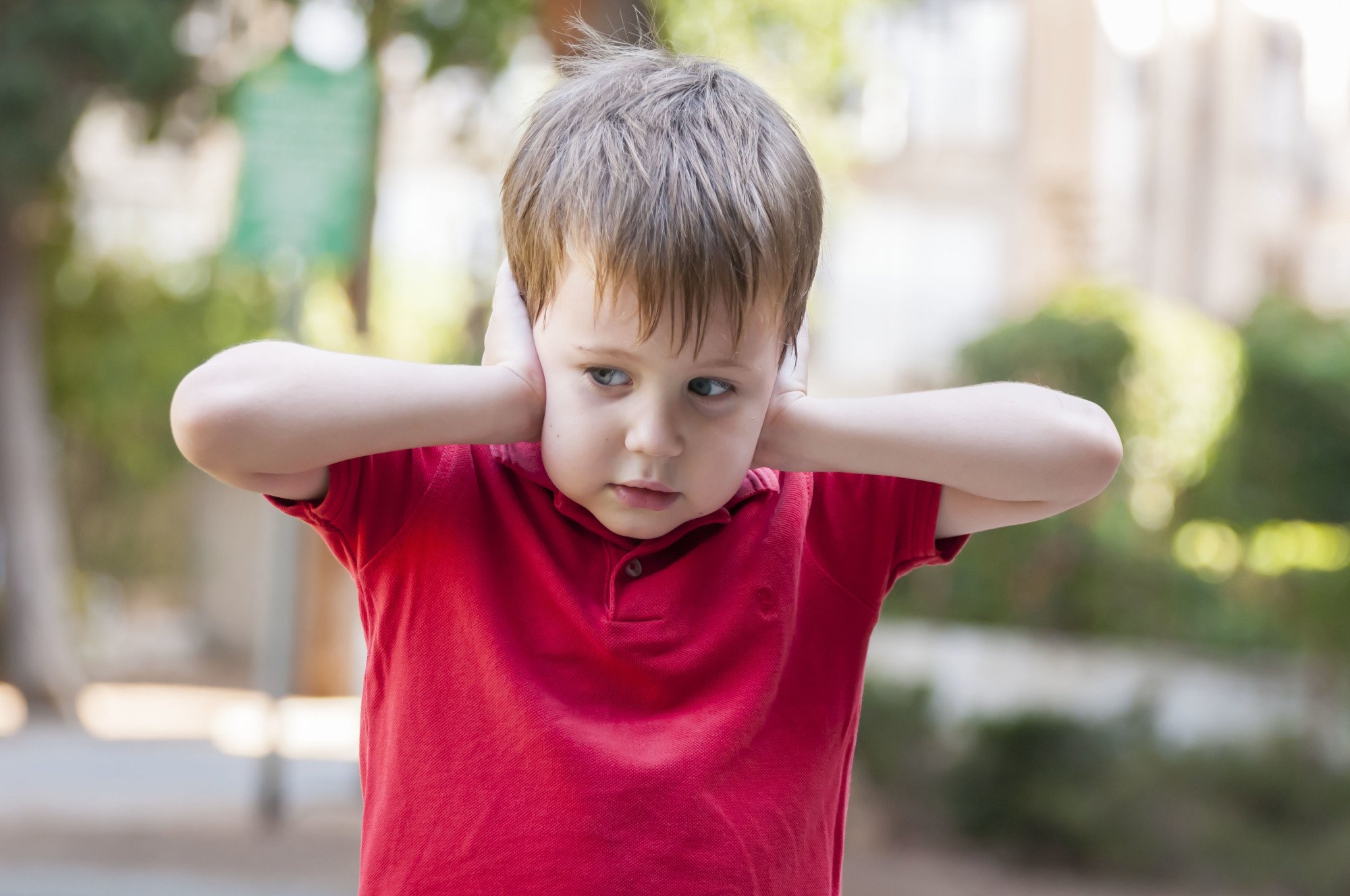The Early Signs of Autism, Explained
A 2021 CDC report showed that 2.3 percent of children in the US have autism spectrum disorder (ASD). Despite increasing awareness and more stringent testing methods, most children aren't diagnosed with ASD until after the age of four.
Early diagnosis is key for children with autism since it paves the way for early intervention. This is why developmental screenings can make such a huge difference to a child's continuing progress.
If you're wondering, "does my child have autism?", here are some of the early signs of autism to look out for.
Communication
Autism in children can be difficult to spot since many symptoms don't present until a child is a year or two old. They may even achieve many developmental milestones, such as sitting up, crawling, or even talking around the right age, only to regress later.
That said, communication difficulties and differences are some of the first and most apparent autism symptoms to watch out for. If a young child is autistic, they may:
Eye contact: Not use eye contact to get someone's attention nor reciprocate eye contact when given
Pointing: Not point to or hold objects up, nor look at objects others point to
Gestures: Confuse gestures such as nodding and waving, use them inconsistently, or fail to respond to them
Copying: Rarely copy people's actions, including smiles, actions, and gestures
Instructions: Have difficulty following simple instructions
Attention: Fail to respond to their name being called
As a child with autism develops, they may show more noticeable autism speech patterns, such as slurring or speaking in a monotonous tone. But the symptoms outlined above will often hint at the possibility of ASD long before this occurs, if at all.
Social Interactions and Relationships
Most people are aware that those with ASD can struggle in social situations. But it's not always clear how these autism symptoms manifest in young children. While there is a lot of scope for individual differences here, a young child with autism may:
Interest in Others: Show little or no interest in other children, nor any desire to get their attention
Pretend Play: Rarely or never engage in pretend play, such as feeding a teddy bear or acting like a cat
Emotions: Struggle to interpret how others are feeling by their actions and expressions
Empathy: Be unlikely to show empathy or concern for others
Facial expressions: Fail to produce appropriate facial reactions or misunderstand the facial expressions of others
It is often much easier to notice these child development differences if a child attends preschool. Preschool exposes children to more observable social situations--and in the presence of education specialists, no less. This then makes early intervention both far more likely and far more effective.
Repetition and Routines
All children enjoy routine, but children with autism can take this to extremes, often resorting to repetitive and obsessive behaviors. Because of this, a young child with autism may:
Interests: Become fixated on a certain activity or object and only ever want to do or play with that
Actions: Repeat the same action over and over, such as spinning the wheels on a toy car or taking a doll's dress off
Routine: Get upset over small changes in routine, such as an earlier lunchtime or taking different directions somewhere
Consistency: Insist on the same things every day, such as the same clothes or the same foods
Transitions: Struggle with change or when transitioning from one activity to another
Repetition: Repeat the same phrase over and over
Movements: Repeat the same movement, such as flapping their hands, or move their body in unexpected ways, such as walking on tiptoes
As with most autism symptoms, it's not unusual to see some of these behaviors in neurotypical young children from time to time. But what differentiates children with autism from their neurotypical peers is that these autism symptoms will often be more pronounced and more frequent.
Sensory Sensitivities
Autism in children can also cause them to experience different levels of sensitivity to various forms of sensory input. As a result, a young child with autism may:
Environment: Be more sensitive or not sensitive at all to environmental factors such as bright lights, smells, and loud noises
Reactions: Have strong positive or negative reactions to foods, clothes, toys, or other items based on their color, texture, sound, or other features
Crowds: Struggle in busy or crowded environments
Touch: Reject or avoid physical contact with others
Sensations: Enjoy seeking out certain sensations, such as smelling objects or rubbing items on their face
These sensitivities can make grocery stores and other busy places very overwhelming for young children with ASD. Schools for children with autism often try to limit sensory input as a way of mitigating these autism symptoms.
Other Characteristics
Some other related characteristics of ASD can include:
Delayed movement skills
Hyperactive or impulsive behavior
Difficulty focusing or maintaining attention
Epilepsy or seizure disorder
Unusual eating habits
Unusual sleeping habits or patterns
Respiratory issues
Gastrointestinal issues, such as constipation
Excessive fear or a complete lack of fear
Although this is not an exhaustive list, you may notice some of these issues and behaviors alongside other autism symptoms.
The Early Signs of Autism
As this list shows, there are many different early signs of autism. It's important to note, though, that a young child with ASD may not show all or even the majority of the behaviors mentioned here. What's more, there are many children diagnosed as neurotypical who exhibit some of these tendencies.
That said, if you have concerns about the way your child plays, moves, talks, or acts, you need to share them now. Acting early can make a big difference to your child's development.
Feel free to contact us here at Children's Developmental Services for more information or to arrange a developmental screening.

